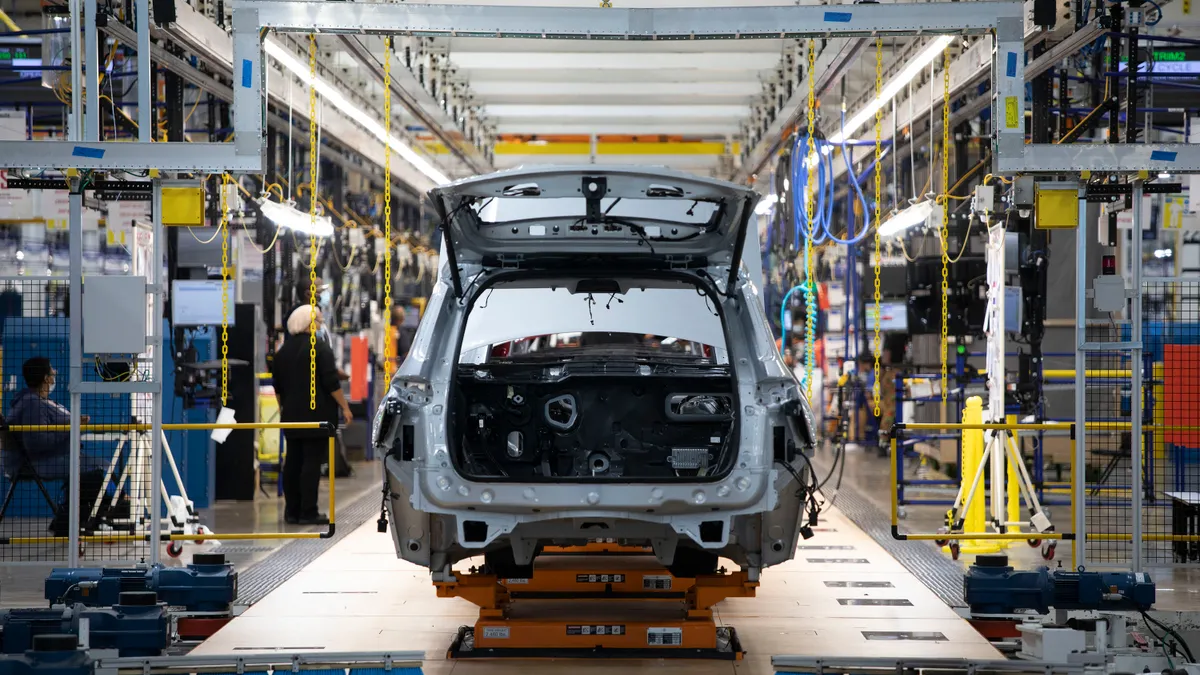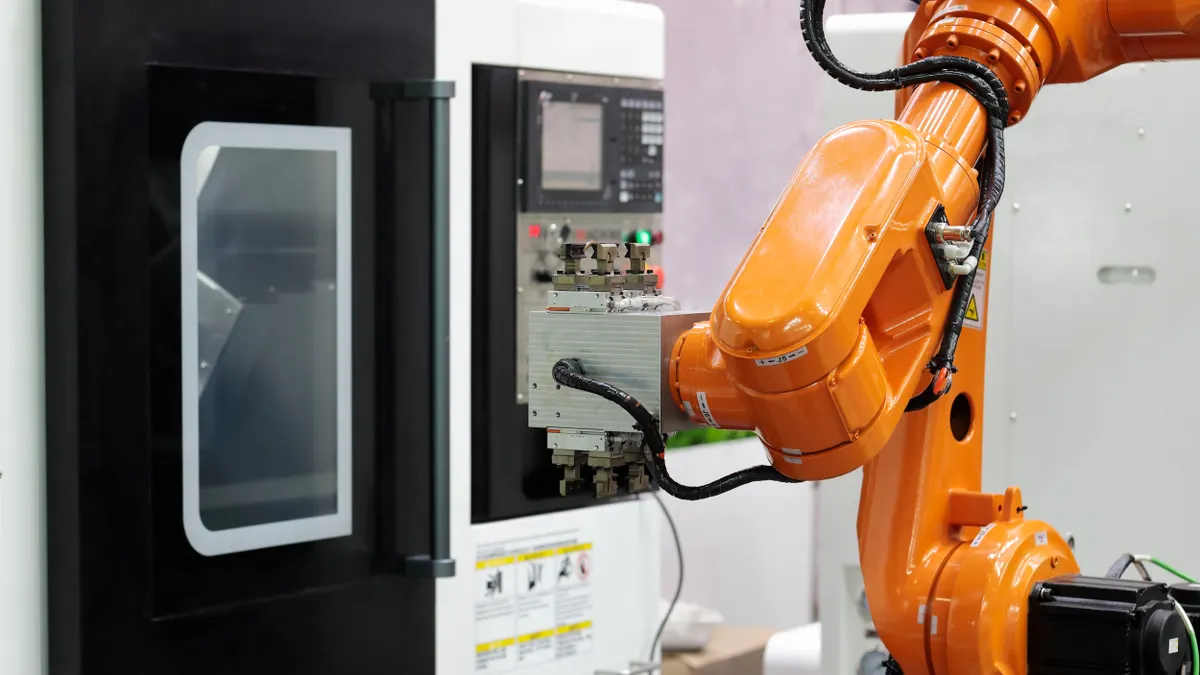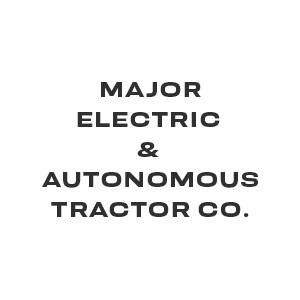Dive Brief:
- Stellantis announced ambitious plans to more than double its number of electric vehicles on the global market from 23 to 47 by the end of 2024, CEO Carlos Tavares said on a recent earnings call.
- The goal comes as the automaker embarks on the buildout of new gigafactories and supply partnerships to support the planned increase in manufacturing.
- The strategy is part of Stellantis' “Dare Forward 2030" strategy to increase revenue and lean into EV production, including electrifying half of its U.S. products and all of its European offerings.
Dive Insight:
Stellantis is forging ahead with a global manufacturing push, including increased local production, and the openings of five gigafactories across the U.S., France, Germany, Italy and Canada. The plants represent roughly half of the production the company hopes to secure by 2030, up to 400 gigawatt hours of capacity a year.
In the U.S., Stellantis and joint venture partner Samsung SDI announced plans last May for a $2.5 billion EV battery plant in Kokomo, Indiana. The facility is slated to open in 2025 with a production capacity of 23 gigawatt hours per year.
To help ensure adequate supply of this added capacity, Tavares highlighted five key partnerships the company has signed with raw material suppliers, securing Stellantis' access to hydroxide, manganese, sulfate, nickel and cobalt. The companies include Vulcan Energy, Controlled Thermal Resources, Alliance Nickel, Element 25 and Terrafame, according to an investor presentation.
"And we have been securing the supply of those raw materials, because we don't want to run out of battery supply, the day the market starts really to achieve what we expect it will achieve," the CEO said on the call.
The aggressive manufacturing buildout is set against a tough backdrop for Stellantis, which closed an Illinois assembly plant employing 1,350 workers in December.
When asked about the layoffs that came with the closure during the call, Tavares blamed the government-led decision to pursue electrification in the auto industry, which requires more expensive technology and assembly by manufacturers.
"Right now, the big problem of electrification is to make it affordable, which means absorbing the additional cost, which means transforming the company to be able to bring that affordability to our citizens and our customers," Tavares said















